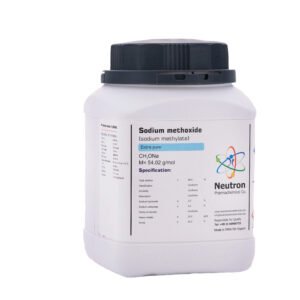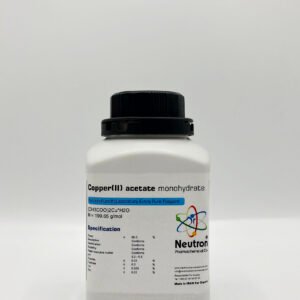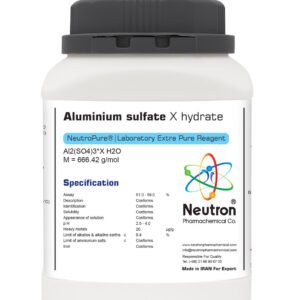Potassium cyanide
| Frmula | KCN |
| Density | 1.55 g/cm3 |
| Molar mass | 65.12 g/mol |
| CAS number | 151-50-8 |
| HS Code | 28371900 |
| Storage | Without limitation |
| SDS | available |
| RTECS | TS8750000 |
| R phrase | R 26/27/28-32-50/53 |
| S phrase | S 7-28.1-29-45-60-61 |
| Assay | ≥ | 96 | % |
| Description | Conforms | ||
| Identification | Conforms | ||
| Solubility | Conforms | ||
| Sodium | ≤ | 1 | % |
| Sulphaide | ≤ | 0.001 | % |
Potassium cyanide is a highly toxic, white crystalline compound used in various industrial processes such as gold mining, electroplating, and organic synthesis. It is known for its bitter almond odor, which is due to trace amounts of hydrogen cyanide.
🏭⚗️ Production
Potassium cyanide is produced by treating hydrogen cyanide with potassium hydroxide in aqueous solution, followed by evaporation and crystallization. This method yields solid potassium cyanide, typically in granular or pellet form.
🔬 Properties
Potassium cyanide is a white, hygroscopic solid with the chemical formula KCN and a molar mass of 65.12 g/mol. It is highly soluble in water and has a melting point of about 634°C. In the presence of acids, it releases highly toxic hydrogen cyanide gas. It is structurally similar to table salt and can be mistaken for sugar due to its appearance.
🧪 Applications
Potassium cyanide is mainly used in the extraction of gold and silver from ores, where it helps dissolve the metals through complex formation. It is also employed in metal electroplating and as a reagent in organic synthesis, particularly in the preparation of nitriles and carboxylic acids.
⚠️ Safety
Potassium cyanide is extremely poisonous and poses serious health risks if ingested, inhaled, or absorbed through the skin. It interferes with cellular respiration by inhibiting cytochrome c oxidase. Exposure to even small amounts can be fatal, and the compound should be handled only with appropriate safety equipment. In case of exposure, rapid medical intervention is necessary, including the administration of specific antidotes.





